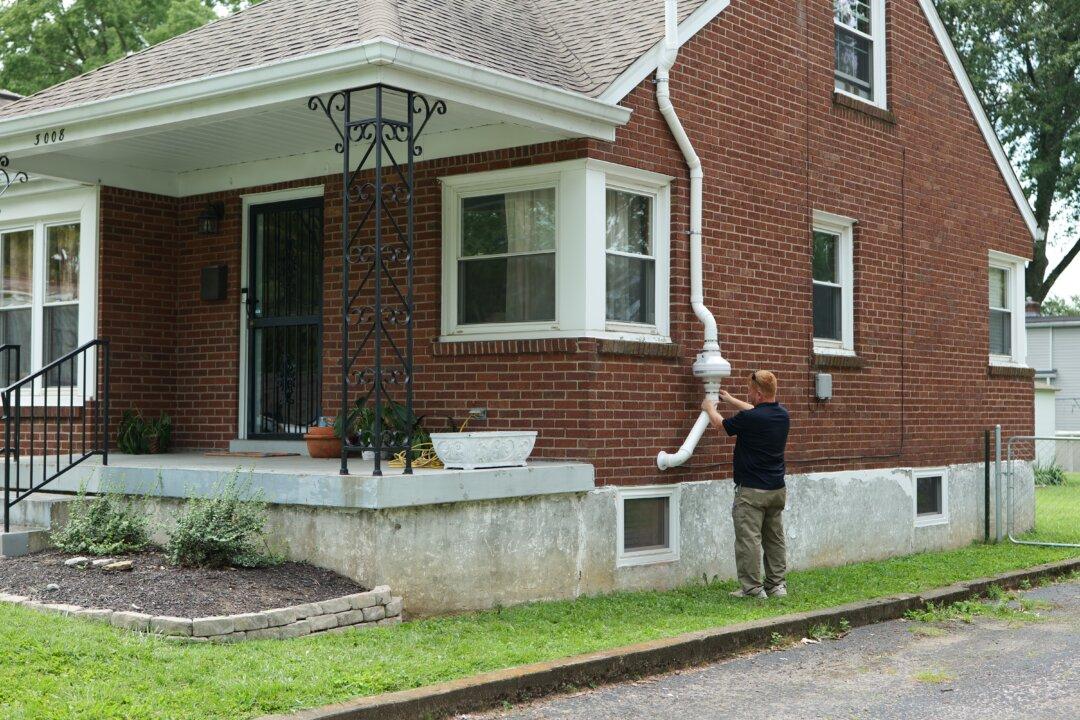While the U.S. Environmental Protection Agency (EPA) reports that more than 1.5 million new radon-resistant homes have been built since 1990, many experts believe that’s just not enough to control the ever-growing threat of this odorless radioactive gas emanating naturally from the earth on a global scale.
Radon gas forms when uranium, thorium, or radium breaks down in rocks, soil, or groundwater. People can be exposed to radon primarily from breathing in air that seeps up from basements and through cracks and gaps in buildings and homes.





